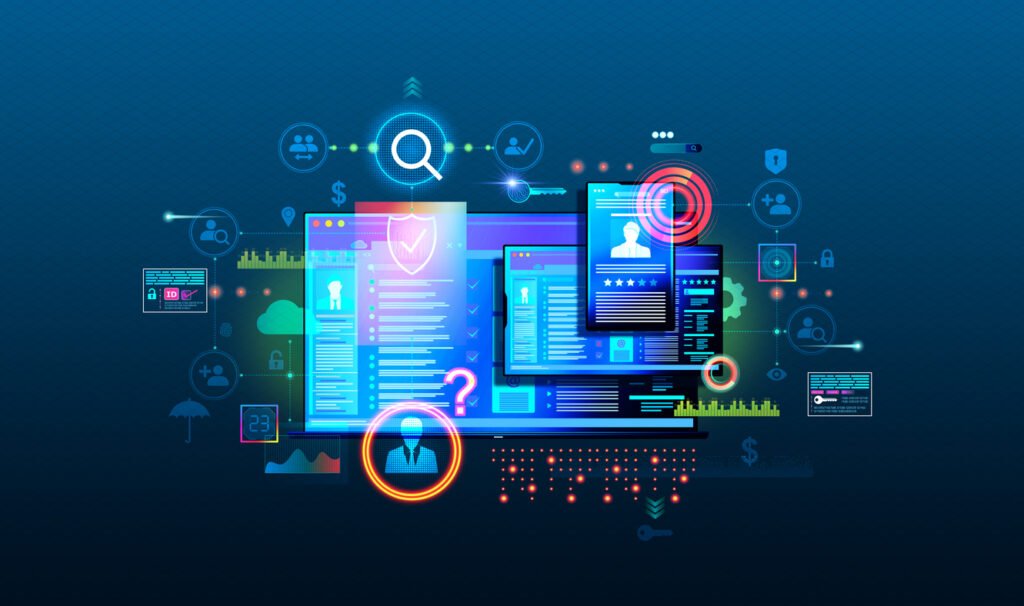Blockchain for Refugee Identity Management

Project Overview:
Client Scenario:
Governments, international organizations, and NGOs are struggling to manage the identities of millions of refugees fleeing war, conflict, or natural disasters. Refugees often lose their legal documents during their displacement, making it difficult for them to access critical services such as healthcare, education, employment, and financial systems in their host countries. Current identity management systems are fragmented and prone to data loss or manipulation, leading to inefficiencies and human rights violations. The goal is to create a system that can securely store and verify refugee identities across borders, ensuring their access to essential services and protecting their rights.
Proposed Solution by Vantix: Vantix proposes a blockchain-based refugee identity management system that provides each refugee with a self-sovereign digital identity stored on a blockchain. This solution allows refugees to control their own identity data, which is securely stored in a decentralized ledger and can be accessed and verified by authorized entities such as governments, NGOs, and international organizations. The system will ensure that refugee identities are portable, immutable, and accessible across borders without relying on paper documents. Refugees will be able to use their digital identity to access services such as healthcare, financial systems, and education, regardless of their physical location.
The key features of the blockchain-based refugee identity management system will include:
- Self-sovereign Digital Identity: Refugees will have ownership and control over their digital identity, allowing them to share specific information with authorities or service providers as needed.
- Interoperability Across Borders: The system will enable identity verification by multiple entities, including host governments, international organizations, and NGOs, ensuring that refugees can access services wherever they are.
- Immutability and Security: Refugee identities will be securely stored on the blockchain, preventing identity theft, fraud, or manipulation of personal data.
- Biometric Integration: The digital identity system can integrate with biometric data (e.g., fingerprints, facial recognition) to further secure identity verification and reduce the risk of identity duplication.
- Privacy Protection: Refugees’ personal information will be encrypted and only accessible to authorized parties, preserving their privacy and protecting their rights.
- Smart Contract Automation: Smart contracts can be used to automatically trigger access to specific services (e.g., healthcare, financial aid) based on predefined conditions (e.g., eligibility, location).
Access to Financial Services: Refugees can use their digital identity to open bank accounts, receive remittances, and access financial aid, even without traditional documentation.
Project Steps and Execution:
Project Planning:
- Develop a comprehensive project plan with timelines, milestones, and resource allocation.
- Assign key roles such as blockchain developers, smart contract engineers, UI/UX designers, and legal/compliance experts.
- Collaborate with stakeholders such as international organizations and NGOs to define identity verification protocols.
Design and Architecture:
- Design the architecture for the blockchain identity management system, focusing on decentralization, security, and scalability.
- Create the logic for self-sovereign identity management, ensuring that refugees have full control over their data.
- Design the integration of biometric data for secure identity verification, while ensuring privacy protection.
Development:
- Build the blockchain infrastructure to store and manage refugee identities securely and immutably.
- Develop the user interface (web or mobile) that refugees can use to manage their digital identity, including the ability to share specific data with authorized parties.
- Integrate smart contracts to automate service access based on predefined eligibility criteria.
- Implement APIs for interoperability with governments, NGOs, and service providers.
Testing and Deployment:
- Conduct rigorous testing, including unit tests, integration tests, and user acceptance testing, to validate the system’s functionality and security.
- Pilot the system with a small group of refugees and partner organizations to ensure smooth operation and address any issues.
- Deploy the system to a live environment, ensuring that all stakeholders are trained and ready to use it.
Training and Documentation:
- Provide detailed training for government officials, NGO staff, and refugees on how to use the system.
- Deliver comprehensive documentation, including user guides, system architecture details, and best practices for identity verification.
Post-Deployment Support and Maintenance:
- Offer initial support to address any issues or bugs that arise after deployment.
- Provide ongoing system maintenance, security updates, and feature enhancements as needed to ensure the system remains effective and secure.
Feedback and Iteration:
- Collect feedback from users (refugees, NGOs, governments) on the system’s functionality and usability.
- Implement necessary adjustments based on feedback to optimize the user experience and improve performance.
Project Closure:
- Conduct a final review of the project with all stakeholders, ensuring that all deliverables are met.
- Provide a closure report summarizing project outcomes, lessons learned, and future recommendations for system expansion or improvement.
Investment Justification:
The blockchain-enabled refugee identity management system offers a secure, transparent, and portable solution for refugees to access services and assert their rights across borders. By providing refugees with a self-sovereign digital identity, the system eliminates the need for paper documents, reduces the risk of identity theft or fraud, and ensures privacy through encryption and biometric verification. The interoperability of the system allows refugees to access essential services (healthcare, education, financial aid) in multiple countries, facilitating better integration into host communities.
For governments, the system enhances identity verification processes and ensures that subsidies, aid, and other services are distributed to eligible individuals. International organizations and NGOs benefit from greater transparency and accountability in delivering aid, while reducing the administrative overhead of managing fragmented identity systems. The blockchain solution ultimately ensures a more humane, efficient, and secure way to manage refugee populations and protect their rights in an increasingly interconnected world.

